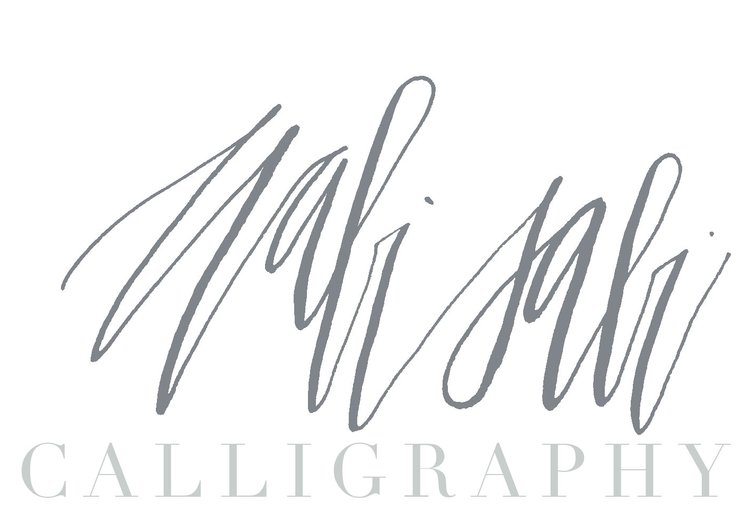Starting a calligraphy practice can be an overwhelming adventure at first, learning about supplies, inks, nibs, holders, & paper. I like to experiment and try different supplies so I'll share with you my different experiences.
Let's start with calligraphy nibs.
The thing about nibs, it's sort of like Cinderella and the the glass slipper, nibs are such a personal fit.
Some things to consider is the amount of pressure you exert when using a calligraphy pen i.e. how hard do you press down when you are writing. With practice, you can start to control the amount of pressure you use when you write and you learn to adjust the amount of pressure depending on the nib you are using. I promise it gets better with practice. There are some nibs that I simply cannot use and have not learned to master (hello Gillot nibs?). Some nibs need no pressure at all, especially on the thin upstroke, the nib tip is just touching the paper. Other nibs, you need to press down pretty hard to make a mark (both on the upstroke and downstroke) and you will hear more of that scratchy noise when writing. When the nibs tends to be more flexible, less pressure is needed. When the nib is firm or stiff, more pressure can be used to create those thin upstroke hairlines and thick downstroke marks. However, the pressure you use can also cause your nib to snag the paper so you cannot use too much pressure -- or you'll get splatter marks (which I will show you on some of my demos).
Nibs are fairly inexpensive so it doesn't cost a lot to experiment and explore different nibs. Paper Ink Arts has this sampler kit of coperplate calligraphy nibs.
I'll start off my review with Speedball Nibs (this brand of nib is fairly easy to find), specifically, the Hunt brand nibs made by Speedball which are perfect for pointed pen, modern-style calligraphy.
Feel free to share with me your experiences with various nibs and your successes and challenges, I'd love to hear from you what works for you.
Happy writing!
